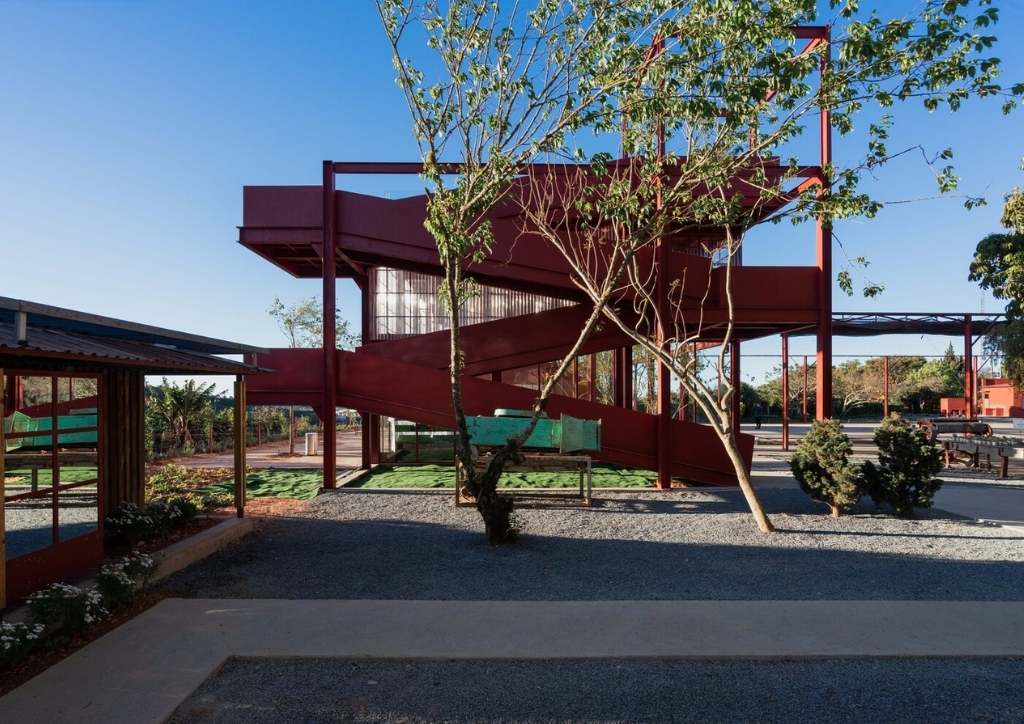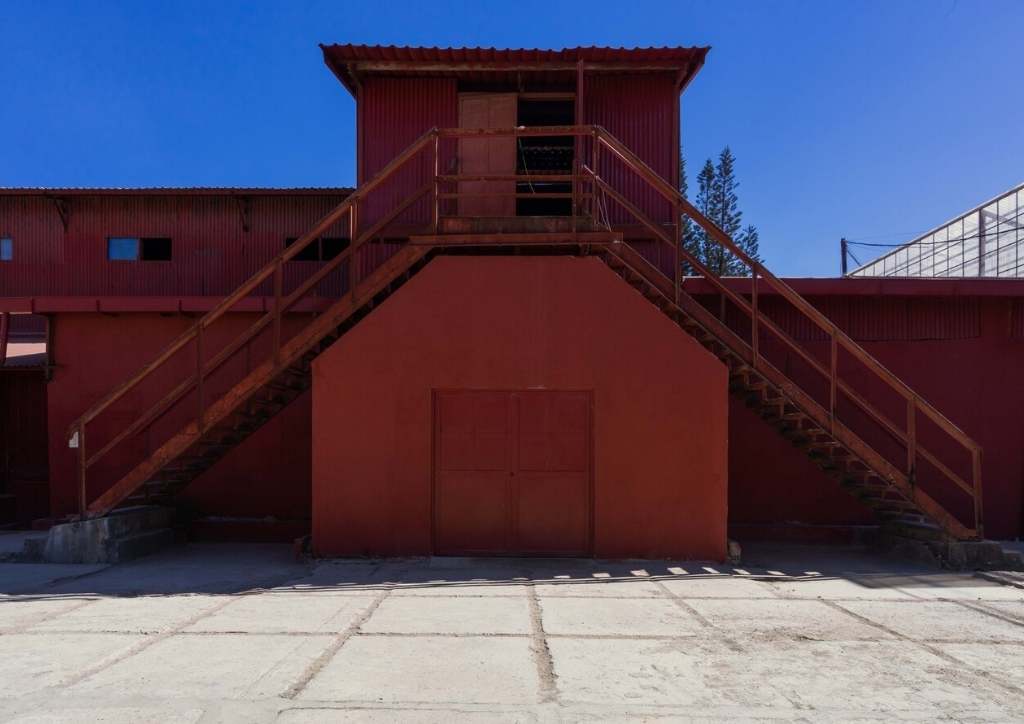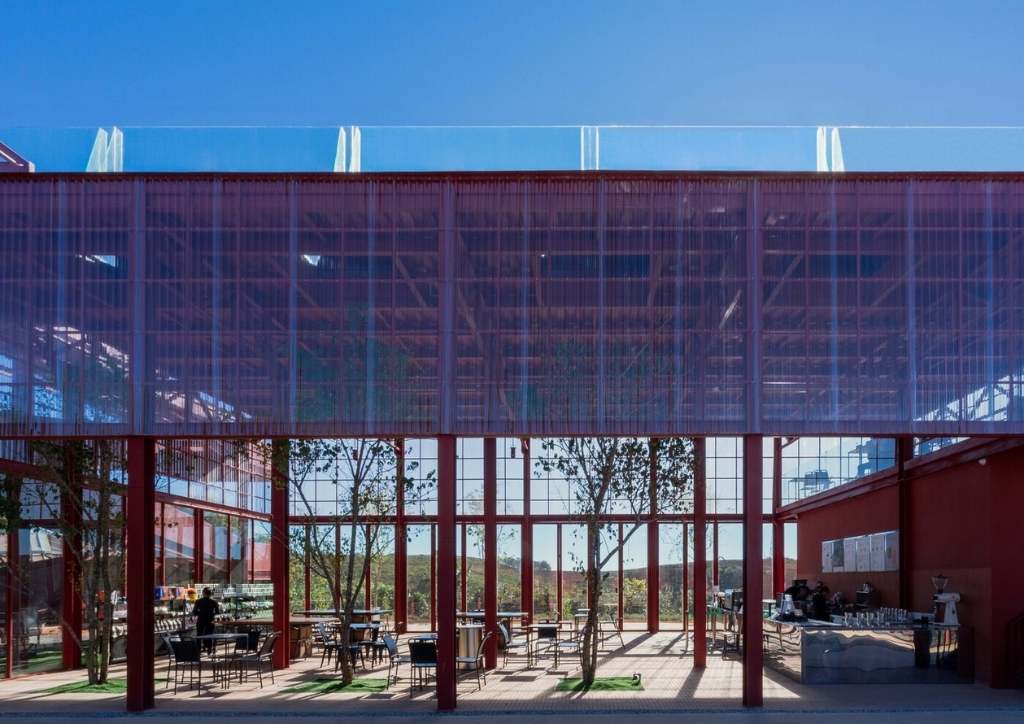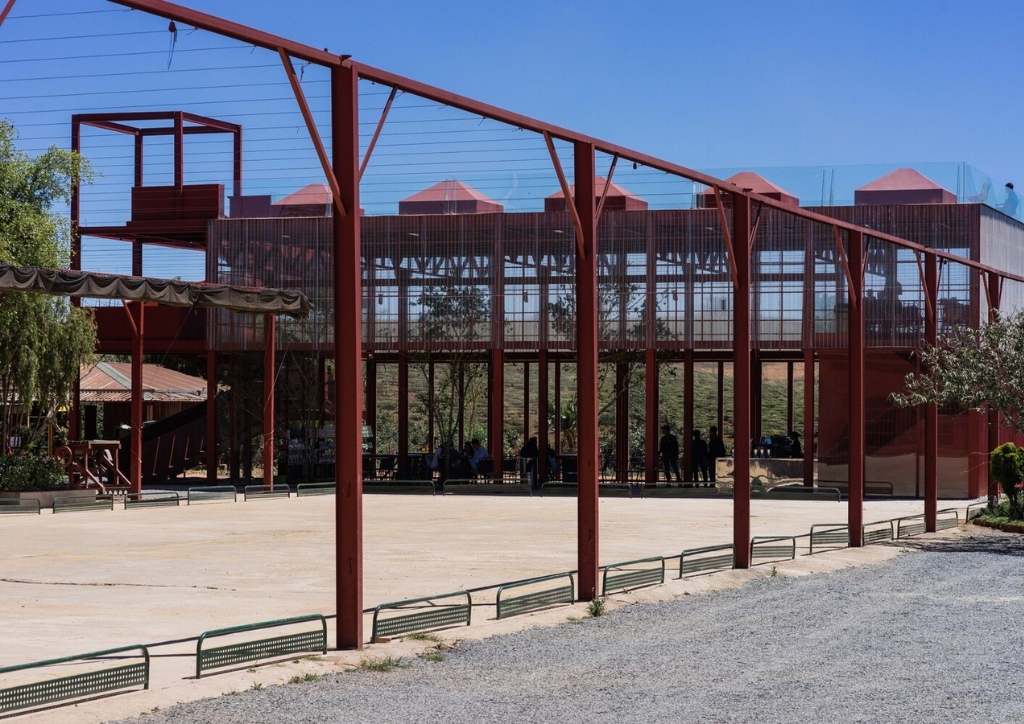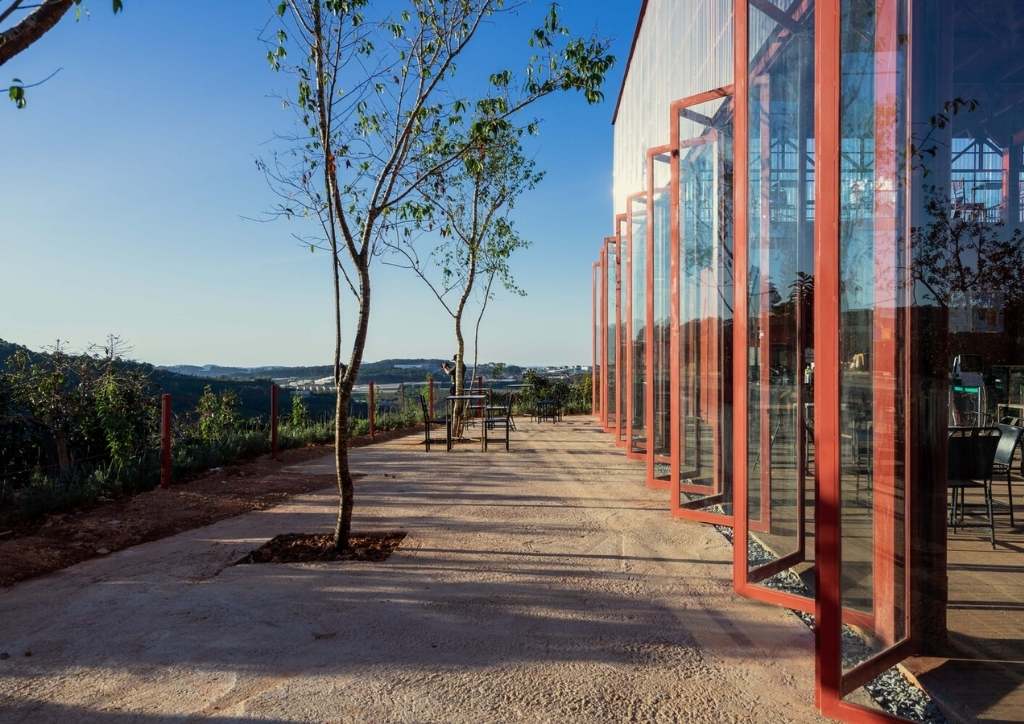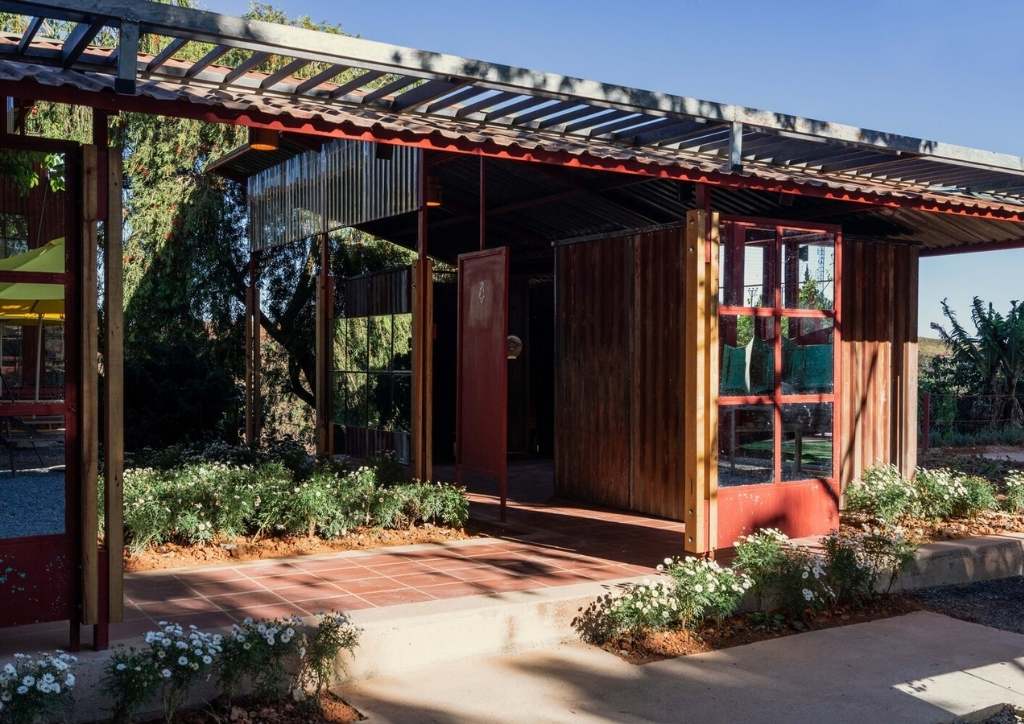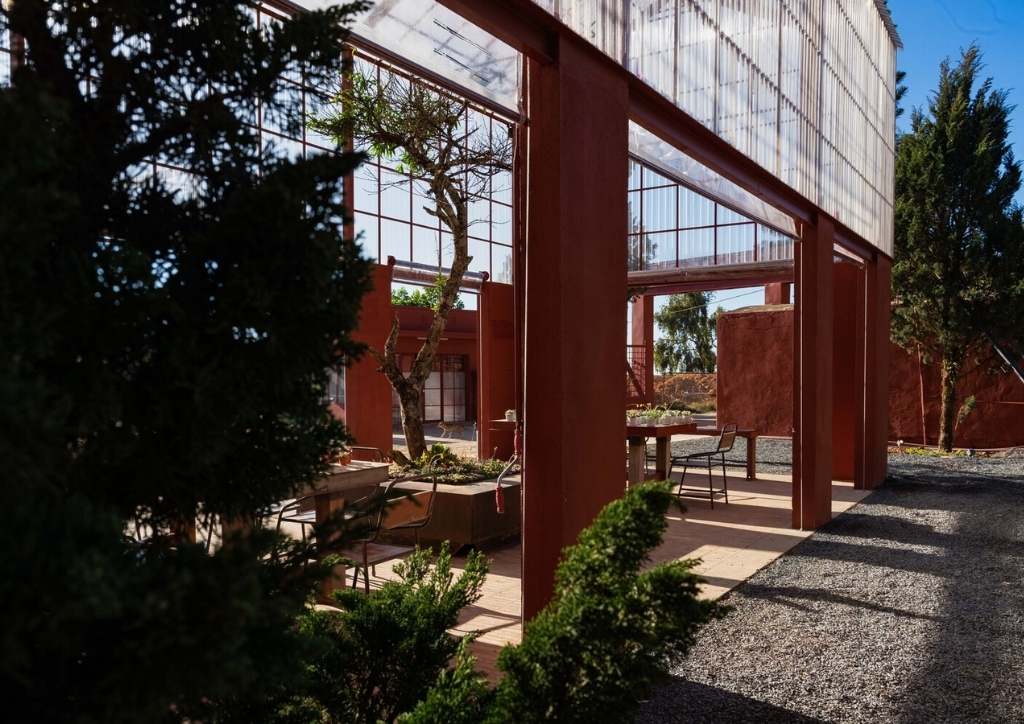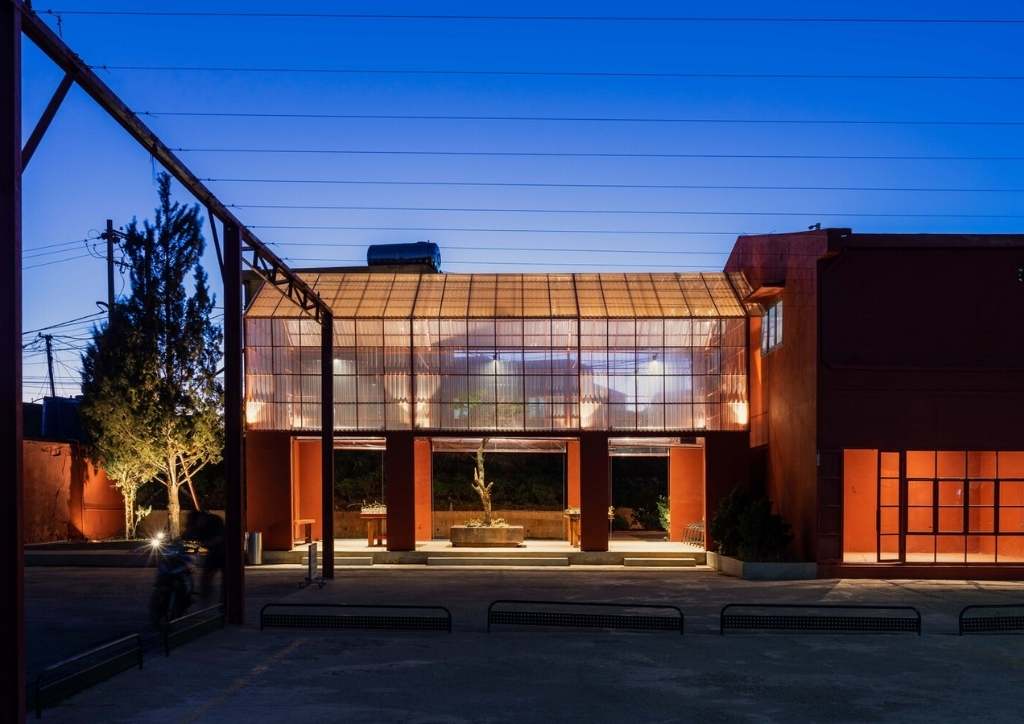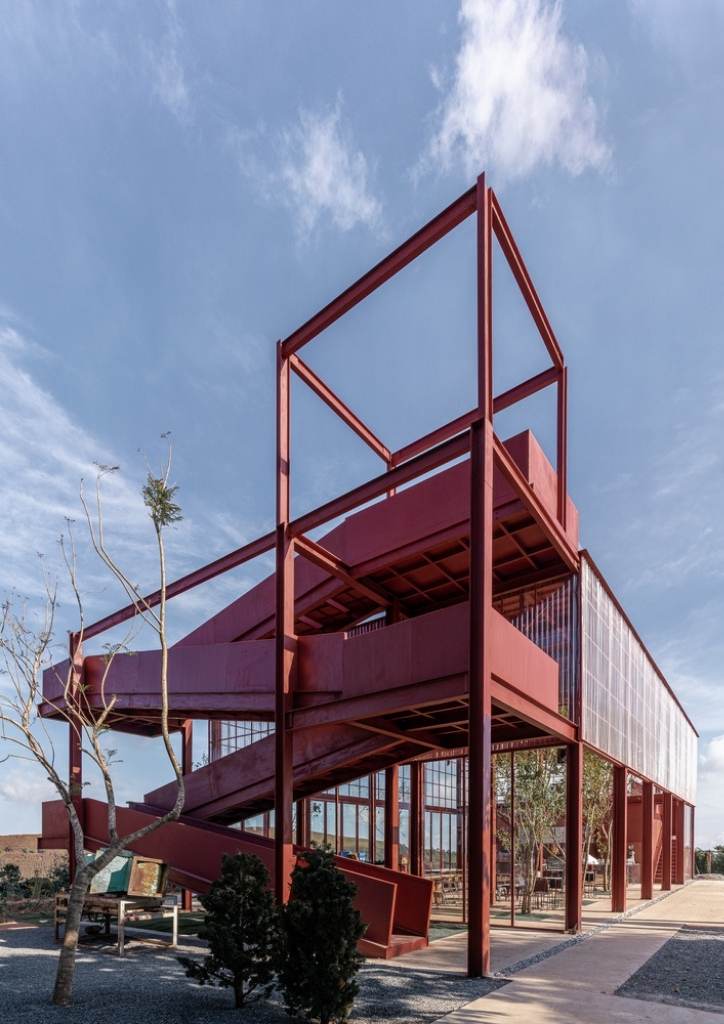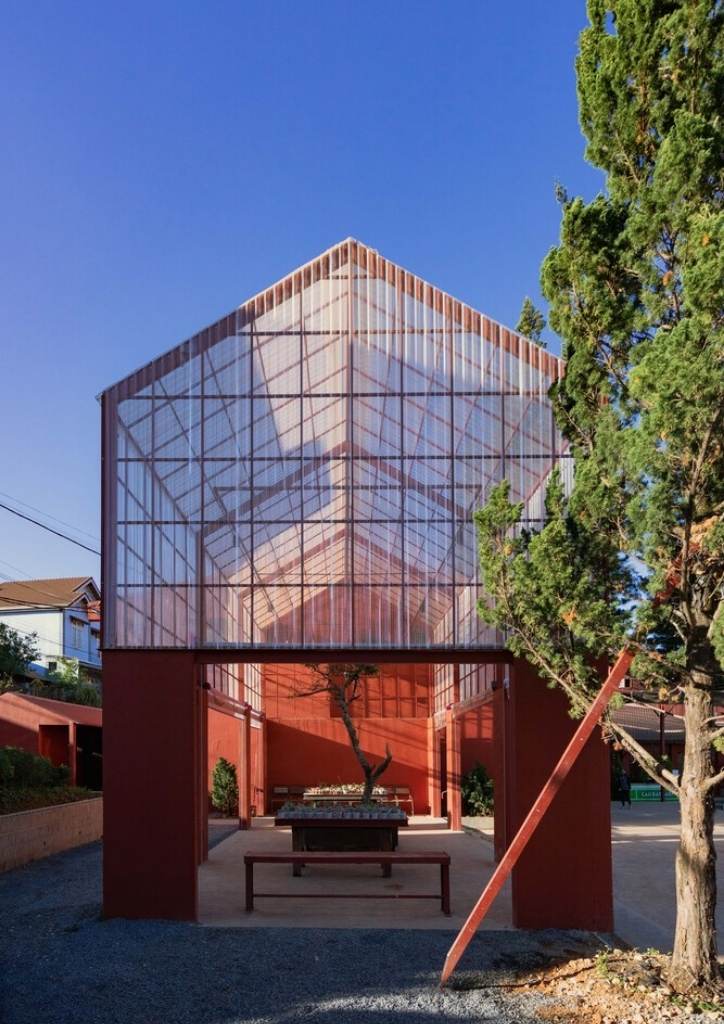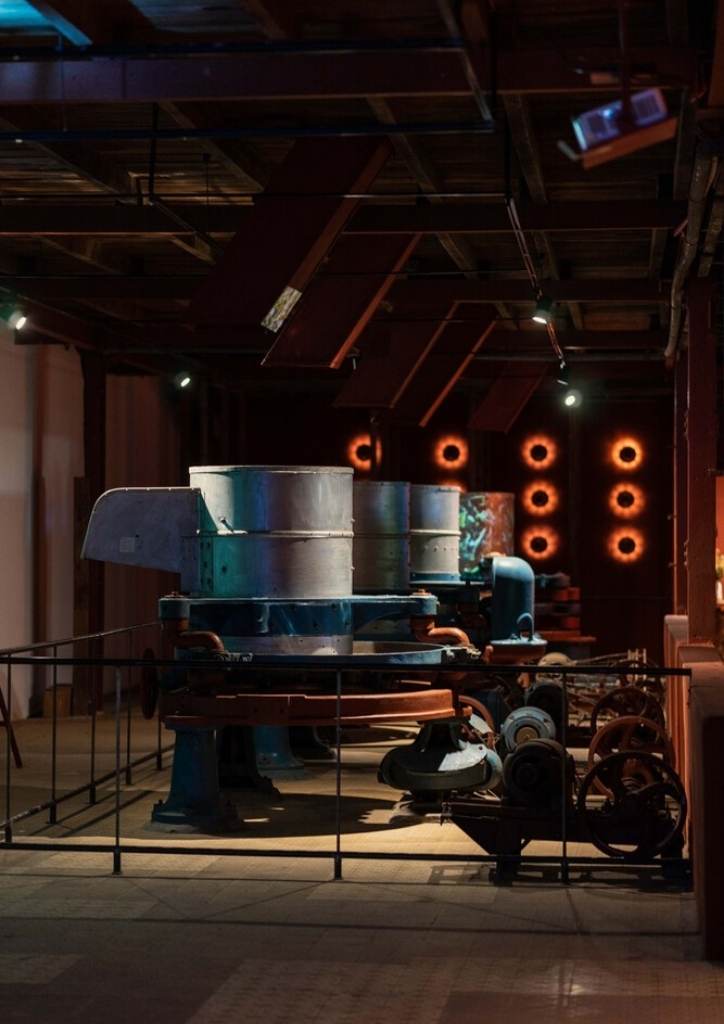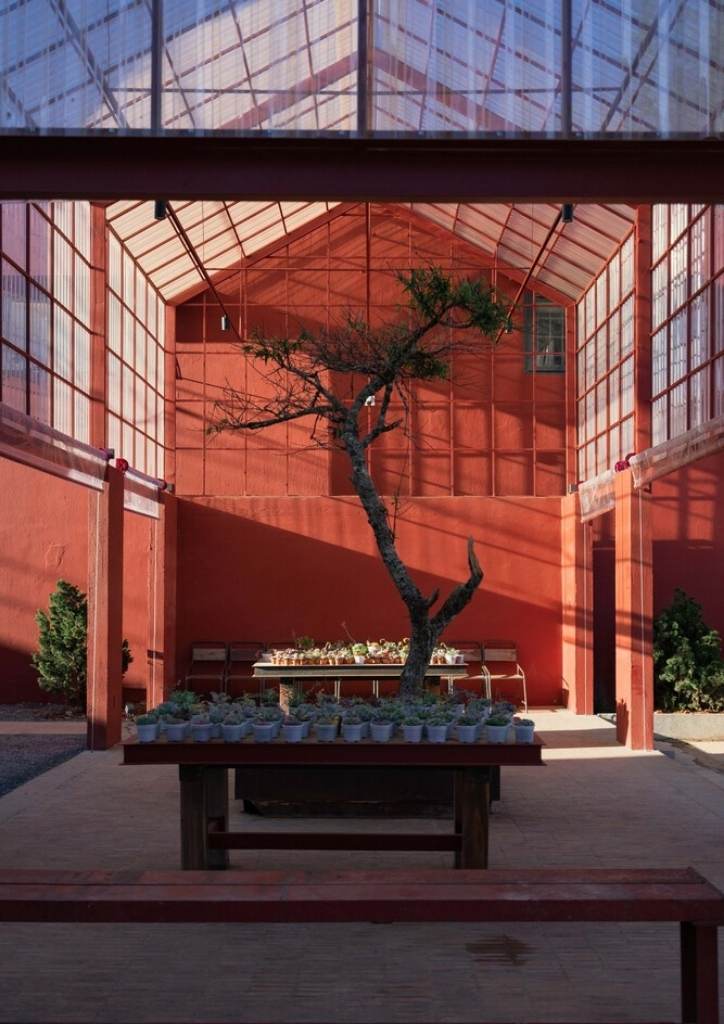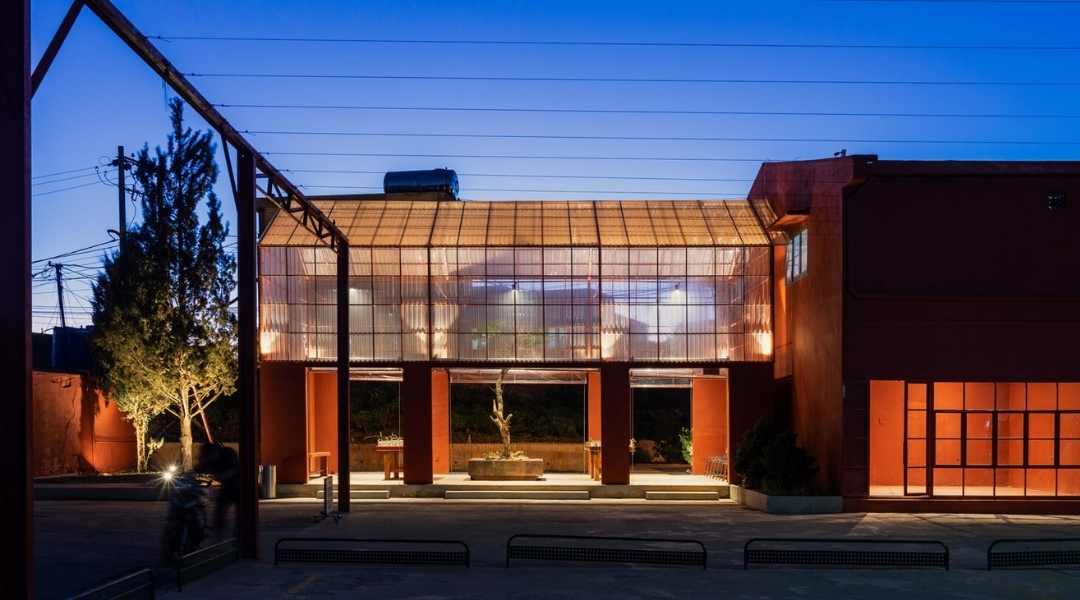
Adaptive reuse transforms a 1929 tea factory into a vibrant cultural hub
Good design is both creative and transformative. It extends beyond private projects and enhances our relationship with public spaces. Case in point is a recent adaptive reuse project of Ho Chi Minh City-based Bo Design & Construction, wherein they transformed a 1929 tea factory in Da Lat into a vibrant cultural hub.
At the heart of the 220-hectare Cau Dat Tea Farm in Lam Dong Province sits the 1.2-hectare Cau Dat Tea Museum. As Vietnam’s first tea museum, it echoes the property’s prestige as the first tea factory in Southeast Asia. Built from the original tea factory constructed by the French, the museum now houses a variety of facilities for tea, tea exhibitions, art installation spaces, and a cafe bistro for visitors. It makes a fascinating addition to the tea farm, which is already a famous Da Lat destination for its lush tea hills.
The old factory has four buildings which the architects saw as visible connections to the farm’s long history. These historic structures, they noted, tell stories that anyone can experience, which in turn creates a feeling of belonging. With this in mind, they made the oldest structure — the main manufacturing warehouse — as the main cultural hub for those who want to learn more about Vietnam’s tea culture.
“Before the renovation, the building resembled a typical factory. This type of abandoned industrial building, made from pine wood boards and corrugated steel panels, is often perceived as having little value. But we hope this project shows how these structures can be reused and renovated in a qualitative way, and for a limited budget.”
The exterior and its corrugated steel panels may seem bland and uninteresting at first. But the architects found that the interior has magnificent proportions with a repetitive but neatly arranged structural system. They also used the manufacturing equipment imported from Europe in 1931 for the museum displays. Such elements carried the “essential true value” that the architects wanted to showcase in their adaptive reuse efforts.
You may also like: Spice trade warehouse adapted into industrial luxe hotel
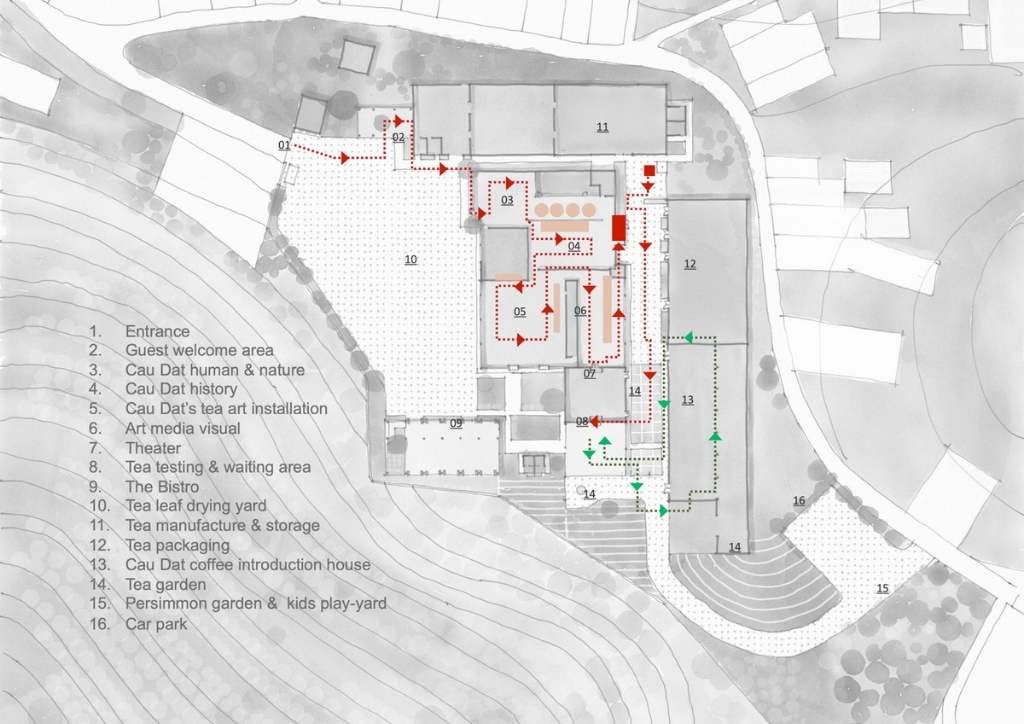
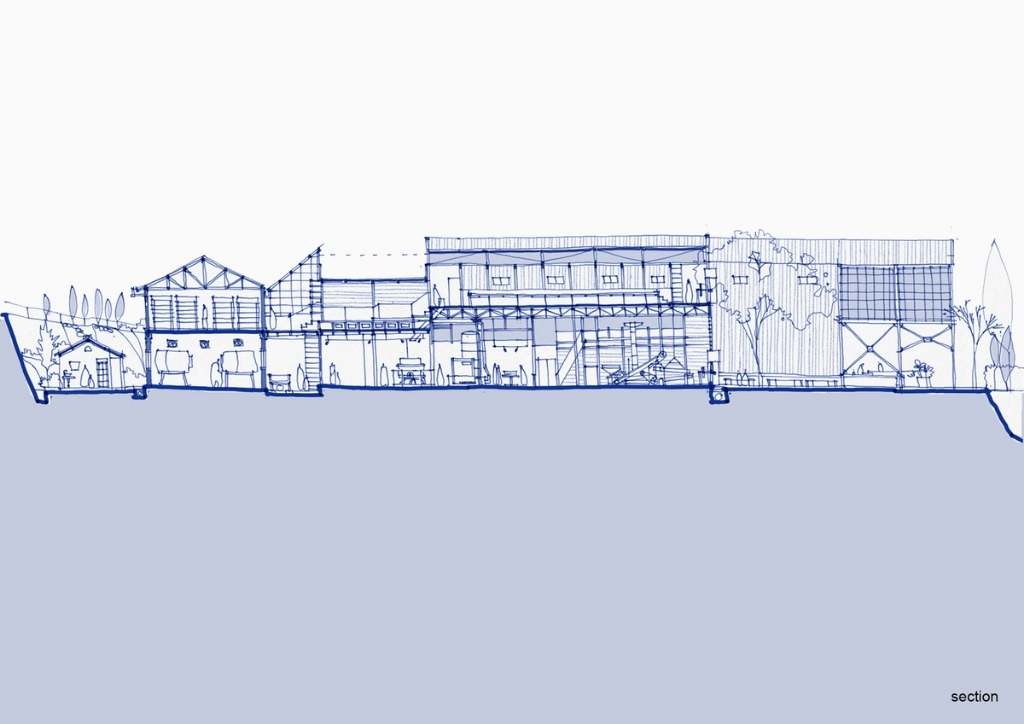
To realize their creative vision, the architects removed the unsuitable walls of the building and rearrange the rooms to serve as function halls and exhibition spaces. Through this approach, they were also able to revitalize the abandoned industrial buildings instead of demolishing them. They also envisioned the space to evolve alongside the intended use for both tourism and tea culture purposes.
This project also shows how adaptive reuse is an efficient and cost-effective way to refurbish existing spaces. According to the architects, preserving the original structure and upcycling existing materials allowed them to carry out the renovations for a very low expense. “It is an extremely economical conversion at around $200 per square meter, but it brought incredible commercial and cultural value,” they stressed.
The rest of the materials they used were very simple as well, including polycarbonate panels, local bricks, and soil-cement mixture. They also designed artworks using tea leaves painted with a mixture of soil and acrylic paint. The building’s exterior was painted with an anti-rust coating in a terracotta shade, with the intention of making it stand out from its surroundings.
“Since the opening, the factory has had about 300 new visitors each day. These guests will understand the local history and people, as well as be captivated by the combination of the original fixtures and machines, artistic simulations, and steps for making tea products. And if all these aren’t enough to make visitors content, there is a tea bar with sommeliers who will brew all kinds of Cầu Đất Tea Products, and guide them to make new tea drinks that await them at the end of their journey.”
Photography by Bo Design & Construction
